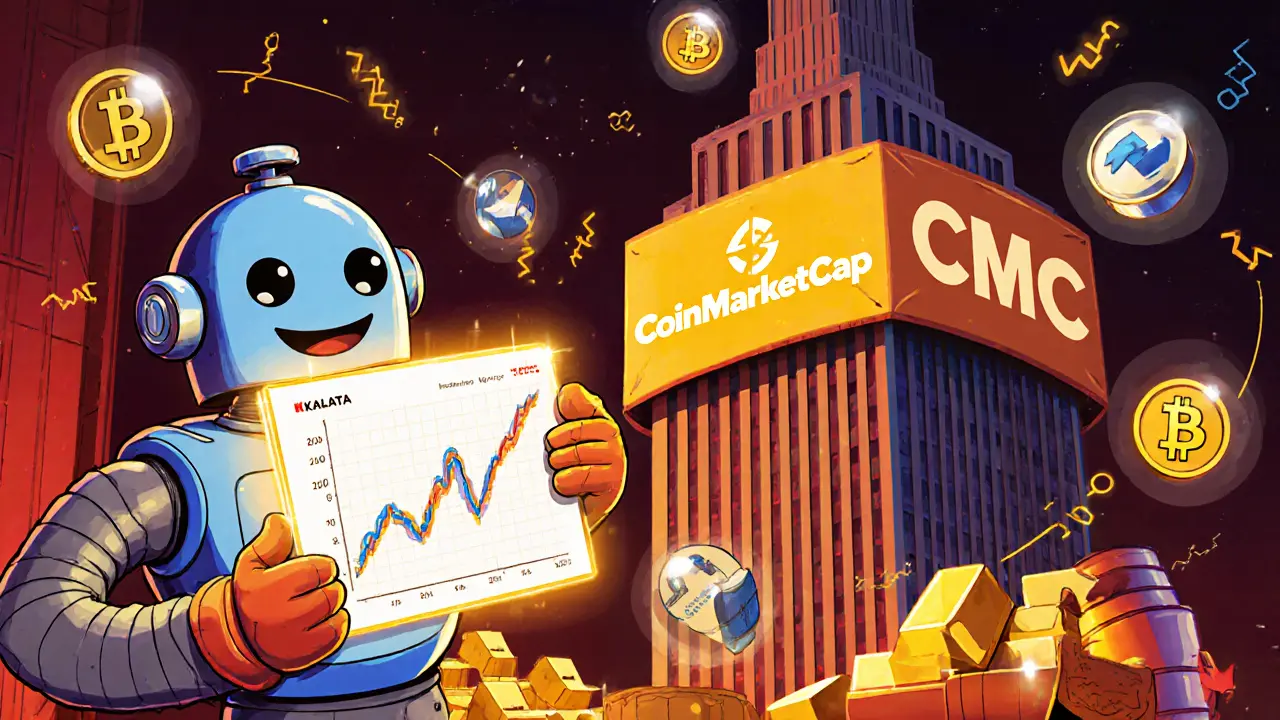DeFi Synthetic Assets: A Deep Dive into Tokenized Derivatives
When working with DeFi synthetic assets, tokenized derivatives that replicate the price movement of real‑world assets on blockchain platforms, you’re stepping into a space where finance meets code. Also known as synthetic tokens, these instruments let users gain exposure to stocks, commodities, or indexes without ever holding the underlying asset. The concept sits inside decentralized finance, a permissionless ecosystem that rebuilds traditional services on smart contracts and often relies on crypto derivatives, contracts that derive value from other crypto or real‑world price feeds. In practice, a reliable on‑chain oracle, a data bridge that brings off‑chain prices onto the blockchain ties everything together, providing the price truth needed for minting and burning synthetic tokens.
Why Synthetic Assets Matter in Modern DeFi
With DeFi synthetic assets, traders can diversify portfolios without the friction of cross‑border regulations or custody issues. Because the tokens are fully collateralized, platforms can offer high leverage while keeping the system secure—provided the collateral ratio stays healthy. This opens doors for users who want to trade gold, oil, or even stock indices directly from a wallet, all while staying in a single liquidity pool. The liquidity pools themselves act as market makers, constantly rebalancing supply and demand, which means lower slippage and better price discovery compared to isolated order books. Moreover, synthetic assets enable new financial products like short‑position tokens, allowing investors to profit from falling markets without borrowing assets.
Several leading protocols have built robust ecosystems around these ideas. Synthetix, for example, offers a wide range of synthetic tokens (sUSD, sBTC, sAAPL) that trade 24/7 on Ethereum and layer‑2 solutions. Mirror Protocol on Terra creates synthetic stocks that mimic the price of major equities, while UMA focuses on empowering anyone to launch customized synthetic contracts. Each platform uses its own risk model—some rely on over‑collateralization, others on dynamic fee structures—to keep the synthetic market stable. The diversity of designs means users can pick a solution that matches their risk tolerance and preferred blockchain, whether that’s Ethereum, Binance Smart Chain, or a newer layer‑2.
The rapid growth of synthetic assets also brings regulatory attention. Since these tokens replicate real‑world assets, jurisdictions may treat them like securities or derivatives, imposing reporting or licensing requirements. Investors should stay informed about local laws and keep an eye on platform audits, as smart‑contract bugs or oracle failures can lead to significant losses. Despite these challenges, the blend of on‑chain transparency, programmable risk controls, and global accessibility makes synthetic assets a compelling addition to any DeFi strategy.
Below, you’ll find a curated list of articles that dive deeper into related topics—from securing your crypto seed phrase and navigating airdrops, to detailed exchange reviews and tax guides. Whether you’re a beginner looking to understand the basics or a seasoned trader seeking advanced insights, the collection offers practical tips and real‑world examples to help you make the most of DeFi synthetic assets.

KALATA (KALA) Token X CoinMarketCap Airdrop Details: How It Worked & What You Need to Know
Caius Merrow Mar, 24 2025 9Explore the full details of the KALATA (KALA) token airdrop with CoinMarketCap, from eligibility steps to tokenomics and its impact on the DeFi ecosystem.
More Detail